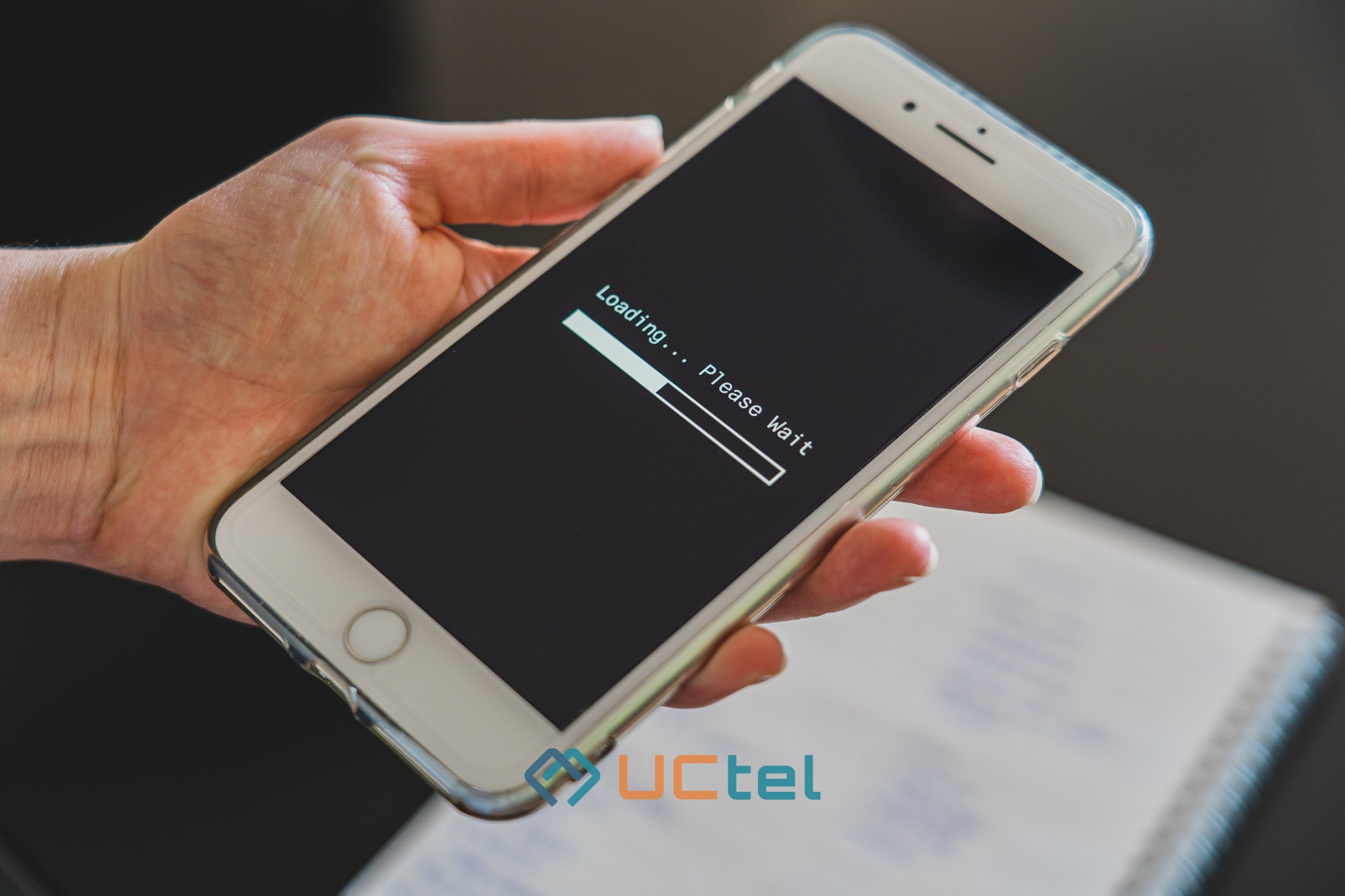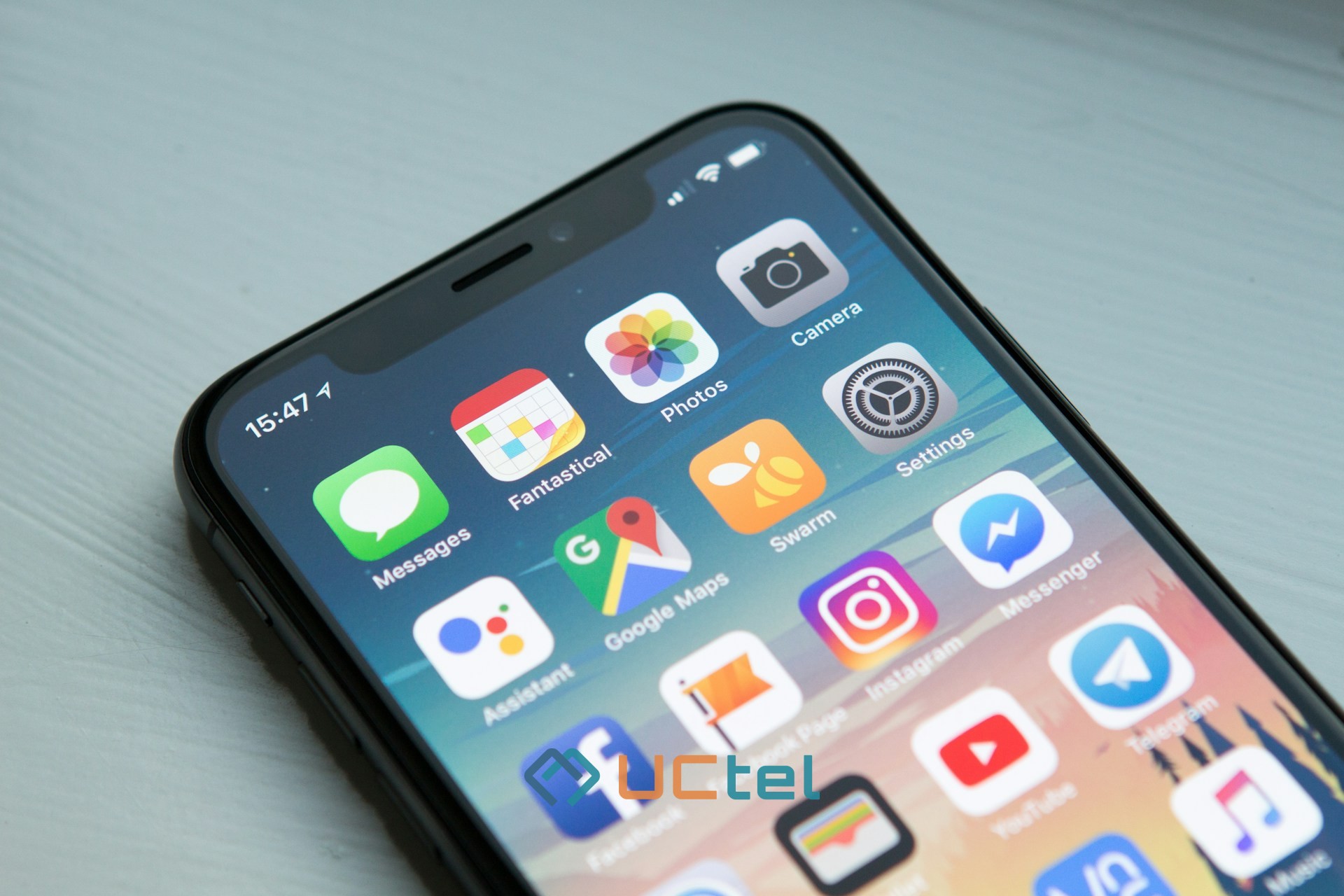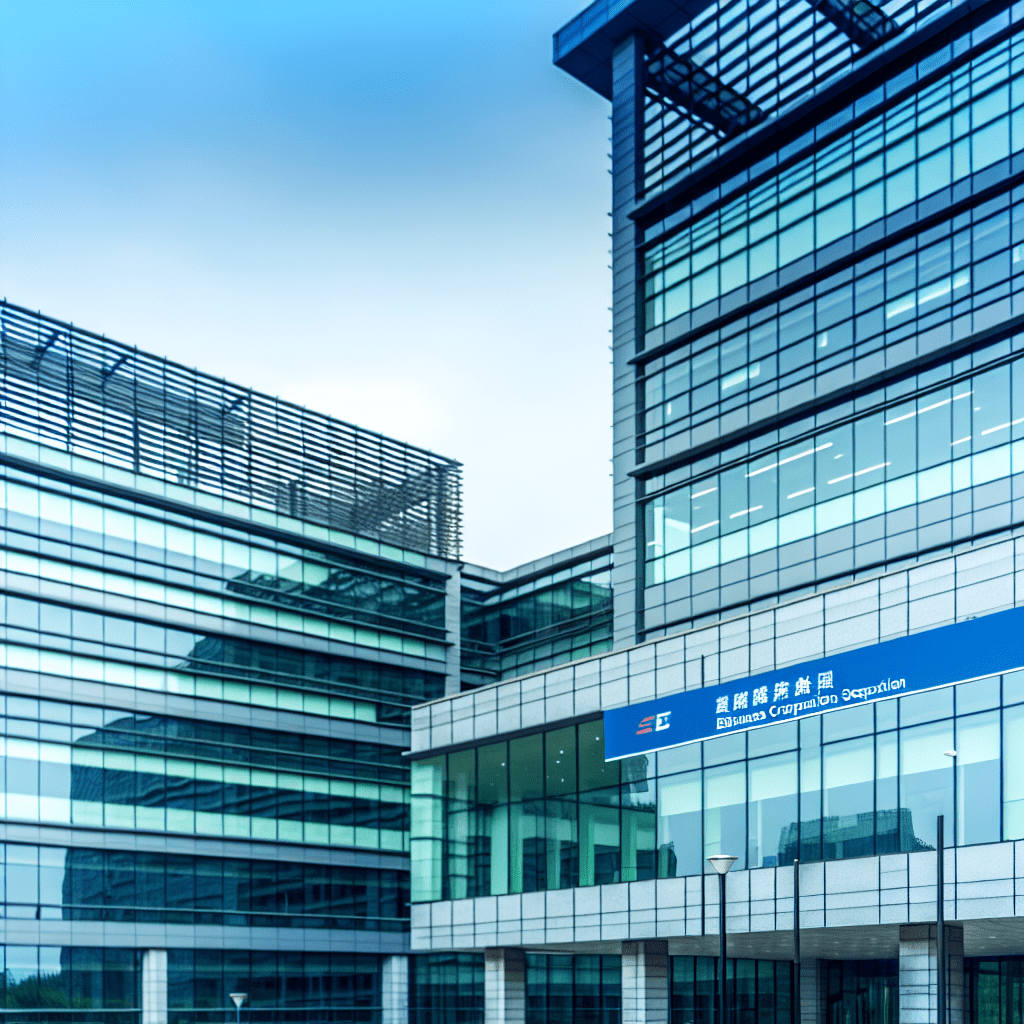
Industrial mobile signal boosters for commercial buildings and large facilities
Table of contents
- 1. Understanding industrial signal booster technology and components
- 2. Coverage areas and capacity planning for large facilities
- 3. Professional installation and custom design solutions
- 4. Advanced monitoring and management features
- 5. Distributed antenna systems for complex buildings
- 6. Frequency bands and carrier compatibility
- 7. Regulatory compliance and system specifications
Large commercial buildings and industrial facilities face significant challenges maintaining reliable mobile phone communication throughout their structures. Building materials like steel and concrete severely attenuate mobile phone signals, creating dead zones where mobile devices cannot connect properly.
These connectivity issues directly impact business operations, employee productivity, and emergency communications. Industrial mobile signal boosters represent the most effective solution for enhancing mobile phone coverage in warehouses, hospitals, offices, manufacturing facilities, and other commercial properties.
These sophisticated systems improve call quality, eliminate dropped calls, and boost data speeds across all major carriers, ensuring seamless connectivity regardless of building size or construction materials.
Understanding industrial signal booster technology and components
Core system architecture
Industrial signal booster systems employ a three-component architecture designed for maximum efficiency in challenging environments. The outside antenna captures weak mobile phone signals from nearby mobile phone towers, while the amplifier unit processes and enhances these signals significantly. Inside antennas then distribute the amplified mobile phone signal throughout the facility's interior spaces.
- External donor antennas positioned for optimal tower reception
- High-gain amplifiers with automatic gain control functionality
- Multiple indoor antennas for comprehensive signal distribution
- Coaxial cables with N-type connectors ensuring reliable connections
These systems operate on 50-ohm impedance standards with professional-grade connectors, ensuring minimal signal loss during transmission. The amplification process maintains signal integrity while boosting weak signals to usable levels throughout large commercial spaces.
Signal processing capabilities
Advanced signal processing technology enables these boosters to simultaneously handle multiple frequency bands and carriers. The systems automatically detect and amplify signals without interference. Frequency band support includes 700 MHz, 850 MHz, 1700/2100 MHz, and 1900 MHz ranges, with newer models supporting T-Mobile's 600 MHz band 71.
- Automatic signal detection across multiple carriers
- Real-time signal amplification up to 100 dB gain
- Multi-band processing for comprehensive coverage
- Interference prevention through advanced filtering
The mobile phone network compatibility ensures that all mobile devices receive enhanced connectivity regardless of their carrier or technology standard.
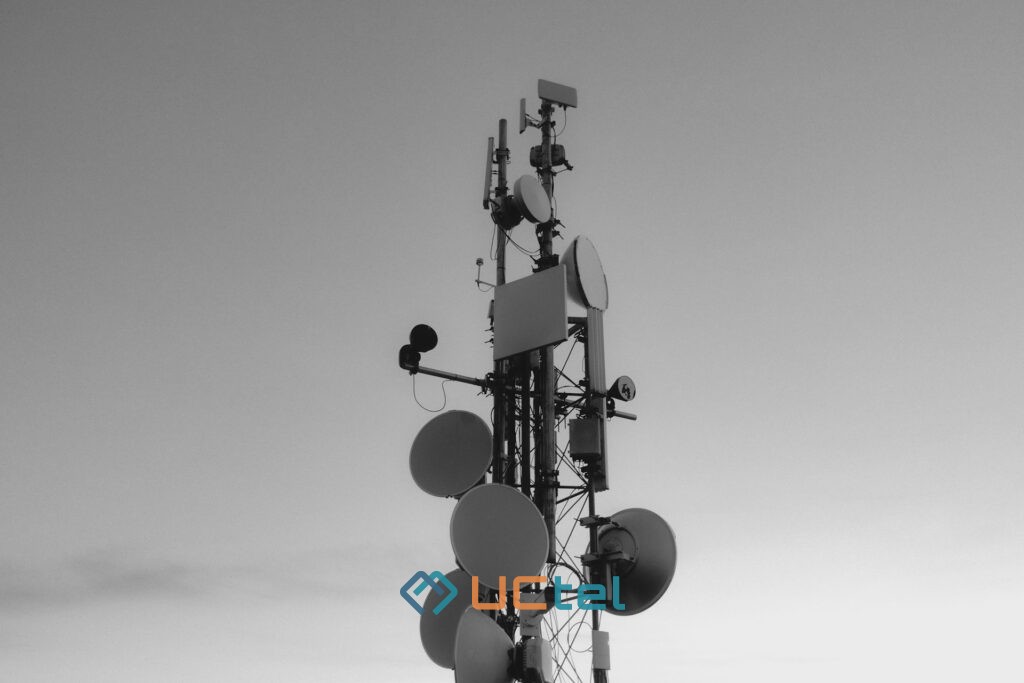
Coverage areas and capacity planning for large facilities
Signal strength impact on coverage
Outside signal strength directly determines the effective coverage area of industrial booster systems. With strong outside signal measuring -95 dBm RSRP, these systems can cover up to 9,300 square meters per remote unit operating at 700 MHz frequency. Fair signal conditions at -105 dBm RSRP reduce coverage to approximately 5,500 square meters, while weak signals at -115 dBm RSRP limit coverage to around 1,850 square meters.
Building materials significantly affect signal propagation patterns within commercial structures. Steel and concrete construction requires more strategic antenna placement compared to wood and drywall buildings. Professional site surveys identify optimal locations for maximum coverage efficiency.
User capacity and performance
Modern industrial signal boosters support 200 or more simultaneous users per frequency band, making them suitable for high-traffic commercial environments. The user capacity depends on signal strength, building layout, and specific system configurations.
- High-capacity amplifiers supporting hundreds of simultaneous connections
- Load balancing across multiple frequency bands
- Seamless handoff between indoor coverage zones
System performance remains consistent even during peak usage periods, ensuring reliable connectivity for voice calls, 4G data, and 5G applications across all connected mobile devices.
Professional installation and custom design solutions
Site assessment and planning
Professional installation begins with comprehensive site assessments to determine optimal system configurations. Engineers conduct signal strength mapping throughout the facility, identifying areas with poor mobile phone coverage and potential interference sources. Custom design solutions account for building materials, architectural features, and specific coverage requirements.
- Detailed signal strength measurements at multiple locations
- Building material analysis for signal attenuation calculations
- Obstacle identification and mitigation strategies
- Antenna placement optimization for maximum coverage
The design process includes modeling based on construction materials, wall configurations, and existing infrastructure to ensure optimal booster performance throughout the commercial building.
Installation best practices
Expert technicians implement installation best practices to maximize system effectiveness and longevity. Antenna positioning requires precise calculations to avoid interference while ensuring comprehensive indoor coverage. Professional installation includes proper grounding, surge protection, and compliance with local building codes.
The installation process integrates seamlessly with existing building infrastructure, minimizing disruption to daily operations while establishing reliable mobile phone connectivity throughout large facilities.
Advanced monitoring and management features
Remote monitoring capabilities
Remote monitoring systems provide real-time visibility into booster performance and system health. Modern units feature smartphone apps for convenient monitoring, web-based portals for comprehensive management, and cloud connectivity for remote diagnostics. Bluetooth monitoring enables technicians to configure and troubleshoot systems without physical access to equipment.
- Signal Supervisor apps for real-time performance tracking
- Web portal access for comprehensive system management
- Cloud-based monitoring with automated alerts
- Bluetooth connectivity for wireless configuration
These monitoring capabilities ensure optimal performance while providing instant notifications of any system issues requiring attention.
Maintenance and troubleshooting
Advanced troubleshooting features include LCD display interfaces showing real-time system status, power levels, and gain settings. Remote alert systems notify administrators of performance changes, power issues, or maintenance requirements. Multiple boosters can be managed from centralized interfaces, streamlining facility management across large commercial properties.
The LCD touchscreen displays provide intuitive interfaces for local system management, while manual gain control allows fine-tuning for optimal performance in changing conditions.
Distributed antenna systems for complex buildings
DAS architecture benefits
Distributed antenna systems deploy multiple small antennas throughout facilities, functioning like mini mobile phone towers to ensure consistent signal coverage. This approach eliminates dead zones and provides uniform connectivity regardless of location within the commercial building. DAS solutions particularly benefit complex structures with multiple floors, thick walls, or challenging architectural features.
- Multiple antenna points throughout the facility
- Consistent signal strength across all coverage areas
- Elimination of dead zones and weak signal areas
- Support for high user density environments
Each remote unit in the DAS network maintains independent coverage zones while coordinating with the central amplification system for seamless connectivity.
Scalability and expansion options
Modern DAS architectures offer exceptional scalability, supporting coverage from 2,800 to 37,000 square meters through modular expansion. Systems accommodate growing business needs by adding remote units and additional antennas without replacing core infrastructure. Scalable solutions support 4 to 16 indoor broadcast antennas per remote unit, enabling precise coverage customization.
- Modular system expansion capabilities
- Additional remote units for extended coverage
- Flexible antenna configurations
- Future-proof technology integration
This flexibility ensures long-term value as facility requirements evolve and expand.
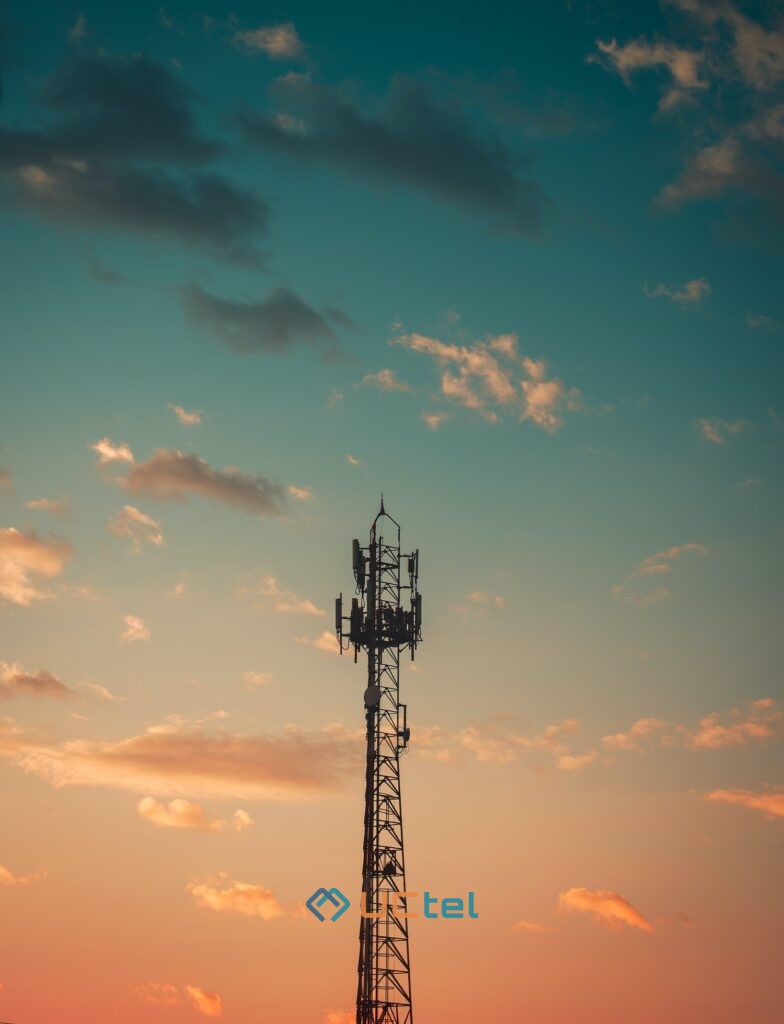
Frequency bands and carrier compatibility
Supported frequency ranges
Industrial boosters support comprehensive frequency band coverage including 700 MHz bands 12, 13, and 17, 850 MHz band 5, 1700/2100 MHz band 4, and 1900 MHz bands 2 and 25. Advanced models also support T-Mobile's 600 MHz band 71 and band 66, ensuring compatibility with latest mobile phone network deployments.
The multi-band support enables simultaneous amplification across different frequencies, maximizing connectivity for all mobile devices regardless of their carrier or technology specifications.
Multi-carrier support
This comprehensive support eliminates the need for carrier-specific equipment while providing consistent performance across all mobile phone networks.
- All major wireless carriers supported
- Regional carrier compatibility
- Future carrier integration capabilities
- Technology-agnostic amplification
The universal approach simplifies deployment and maintenance while ensuring all facility users receive enhanced mobile phone connectivity.
Regulatory compliance and system specifications
FCC requirements and carrier approval
Regulatory compliance requires carrier approval before system installation under current FCC framework established in 2013. Users must obtain authorization from carriers whose signals the booster system will amplify before commissioning equipment on mobile phone networks. This approval process ensures network compatibility and prevents interference.
Compliance procedures protect both the commercial installation and the broader mobile phone network infrastructure from potential interference or performance degradation.
Technical performance standards
Maximum gain levels typically range from 72 dB to 100 dB depending on system specifications and installation requirements. Output power varies with uplink power around 18-23 dBm and downlink power around 20-27 dBm. Advanced systems feature automatic and manual gain control functions with step attenuation capabilities for optimal performance tuning.
- High-gain amplification up to 100 dB
- Automatic gain control preventing oscillation
- Manual adjustment capabilities
- Power output optimization
- Interference prevention mechanisms
These specifications ensure reliable amplification while maintaining compliance with regulatory standards and protecting mobile phone network integrity.
Contact us today to request a customized quote for industrial mobile signal boosters designed for commercial buildings and large facilities.



